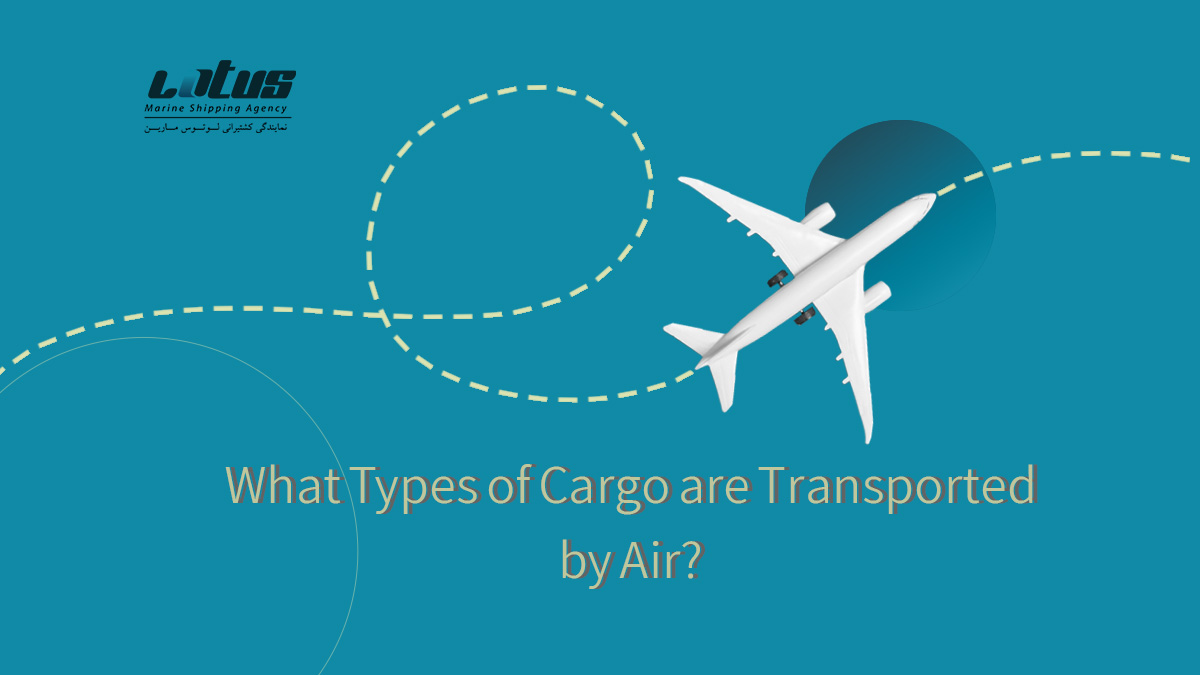Air cargo transports over US $6 trillion worth of goods annually, accounting for approximately 35% of world trade by value; during the COVID-19 pandemic, air cargo represented one-third of airlines’ revenue.
Recently, the International Air Transport Association (IATA) released July 2022 data for global air cargo markets showing that air cargo is tracking at near 2019 levels although it has taken a step back compared to the extra-ordinary performance of 2020-2021. Volatility resulting from supply chain constraints and evolving economic conditions has seen cargo markets essentially move sideways since April. July data shows us that air cargo continues to hold its own, but as is the case for almost all industries, we’ll need to carefully watch both economic and political developments over the coming monthst. Two main factors define the choice of air transport for certain products: the value of the commodities and the speed with which they must be transported. Urgent materials such as radiopharmaceuticals for medical diagnosis or treatment or high-value goods such as technological products and high value commodities are typically shipped by air cargo. Air transport is also ideal for certain food products such as fresh fish, exotic fruits and cut flowers. The growth in demand for the transport of pharmaceutical and
healthcare products has also resulted in the introduction of new regulations for the proper handling of time and temperature sensitive shipments. Although passengers and cargo are very often carried in the same aircraft together, for an airline these are two distinctly different businesses each with its own requirements and unique challenges. Let’s take a closer look at the cargo business.

